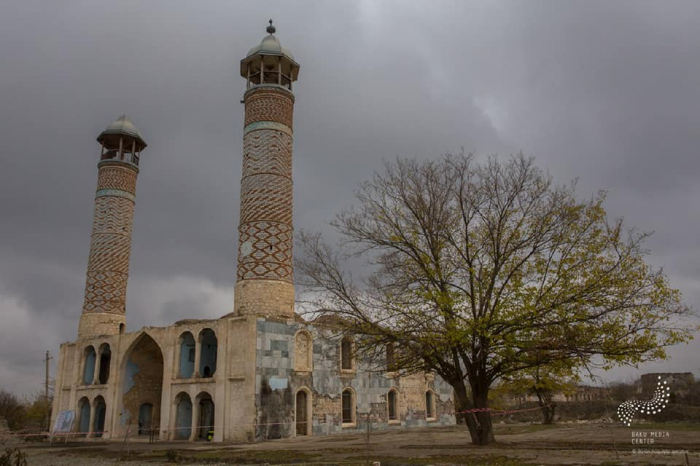Once a vibrant city known for its historical monuments, Aghdam is now known around the world as the "Hiroshima of the Caucasus" or "City of Ghosts."
On 20 November, 2020, Armenia handed over the Aghdam region which lies to the east of Nagorno-Karabakh, to Azerbaijan. Armenia invaded most of Aghdam`s territory on July 23, 1993. The Armenian aggressors seized 882 sq. km. of the 1,094 sq. km. the territory of Aghdam, including one city and 80 villages. Some 128,000 people became internally displaced persons and 17,000 of them are adults.
The occupation of Aghdam was the third painful loss for Azerbaijan after the invasion of Lachin and Kalbajar around Nagorno-Karabakh. As a result of the Armenian armed forces` attack on Aghdam, the town was razed to the ground.
The Armenians destroyed historical monuments, cemeteries, hospitals, libraries, schools, offices and facilities in the occupied territory. 122 villages, around 24,000 residential buildings, 48 industrial and construction enterprises, 160 schools, 65 health centers, 373 cultural centers, 1 theater, 3 mosques and 2 museums were burnt down and completely destroyed.
Most of the historical monuments were destroyed following the Armenian occupation. These include the Khanoglu tomb (17th century), the mansion of Karabakh Khan Panahali (18th century) and his tomb (19th century), and the twin-minaret Aghdam Juma mosque (1870).
As a result of the occupation of Aghdam, Azerbaijan faced material damage worth a staggering $6.179 billion. The damage inflicted to the region`s agriculture alone is estimated at 992.8 million manats ($1.272 billion). Over 6,000 people died during the fighting in Aghdam.
The employees of the Baku Media Center captured new photos from Azerbaijan's liberated Aghdam district.
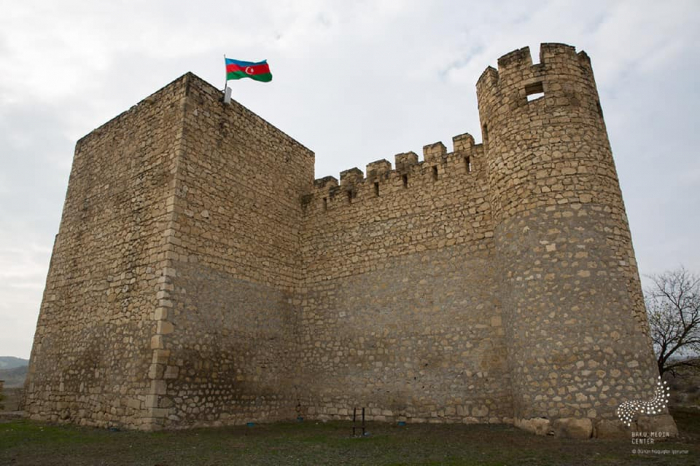
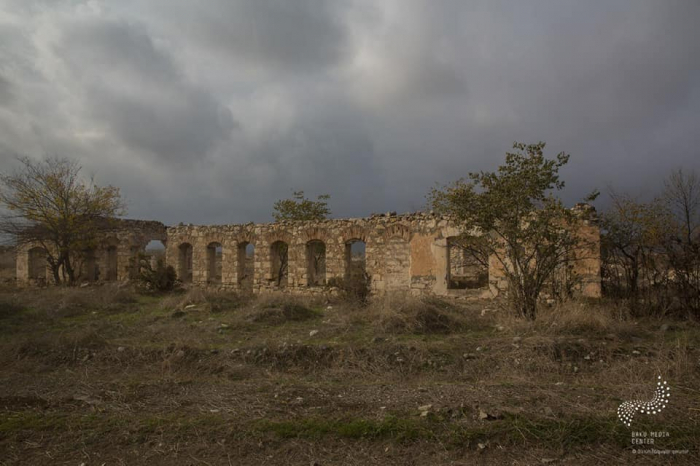

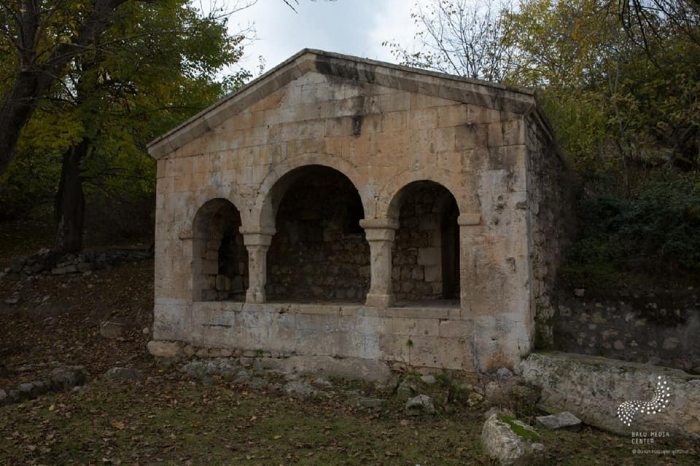

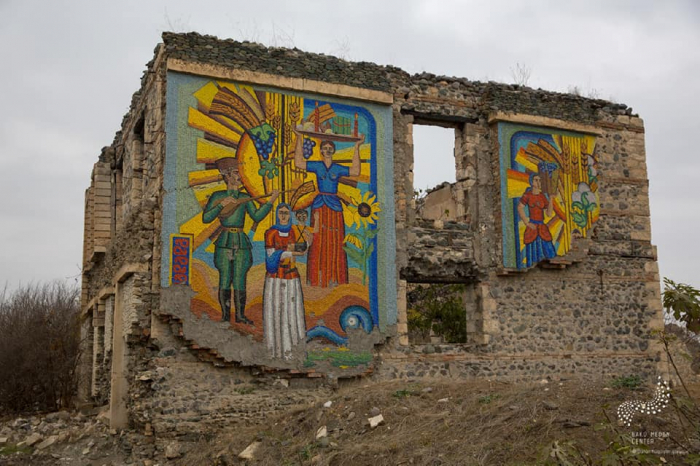

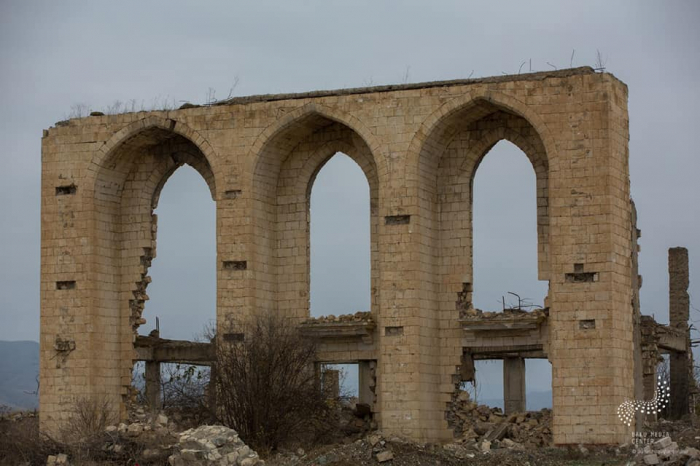
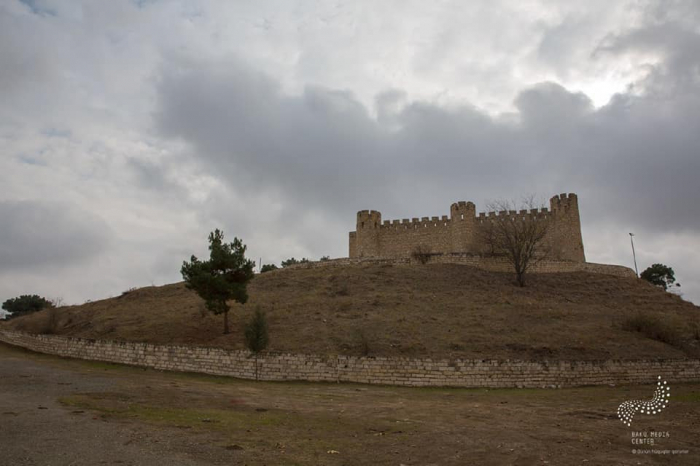
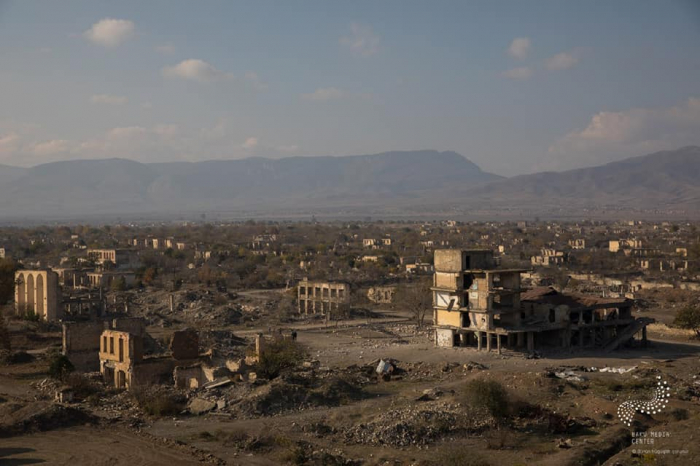
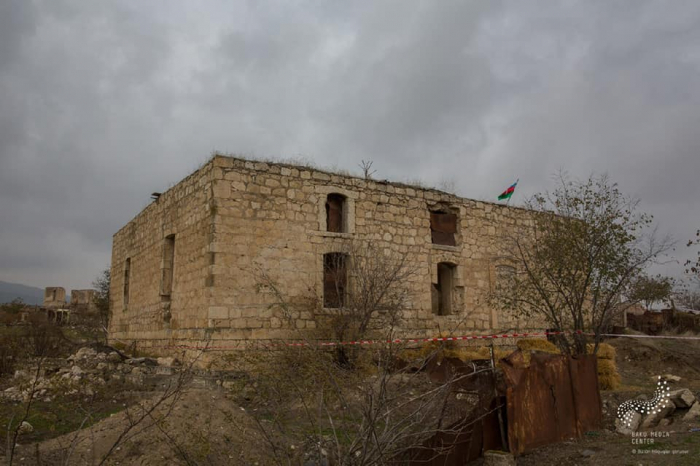
Note, the territories of Azerbaijan, which was occupied by Armenia nealry 30 years ago, was liberated from the occupation during the 44-day Second Nagorno-Karabakh War. The war started on September 27 when the Armenian Armed Forces launched a large-scale military attack on positions of Azerbaijani army on the front line, using large-caliber weapons, mortars and artillery and lasted until November 10. Until November 10, the Azerbaijan Army liberated some villages and cities of Fuzuli, Jabrayil, Gubadli, Zangilan, Khojavend, Khojaly, Terter, Shusha and Lachin districts.
On November 10, Armenia, Azerbaijan and Russia signed an agreement to end six weeks of fierce fighting in Nagorno-Karabakh.
Under the agreement, Russian peacekeepers are being deployed along the front line in Nagorno-Karabakh and the corridor between the region and Armenia.
A total of 1,960 Russian peacekeepers are to be deployed in Nagorno-Karabakh under a five-year mandate.
Also, according to the agreement, on 20 November, Armenia handed over the Aghdam region which lies to the east of Nagorno-Karabakh, to Azerbaijan. This followed on 25 November by the Kalbajar region to the northwest of Nagorno-Karabakh.
Finally, on 1 December, Armenia handed over the Lachin District, over which the Lachin pass connecting Nagorno-Karabakh to Armenia passes.
More about:








